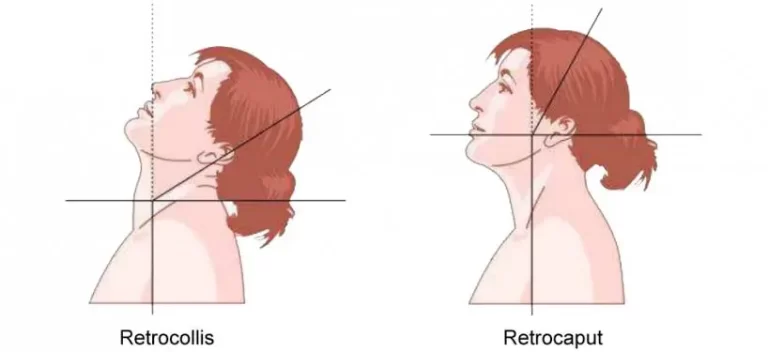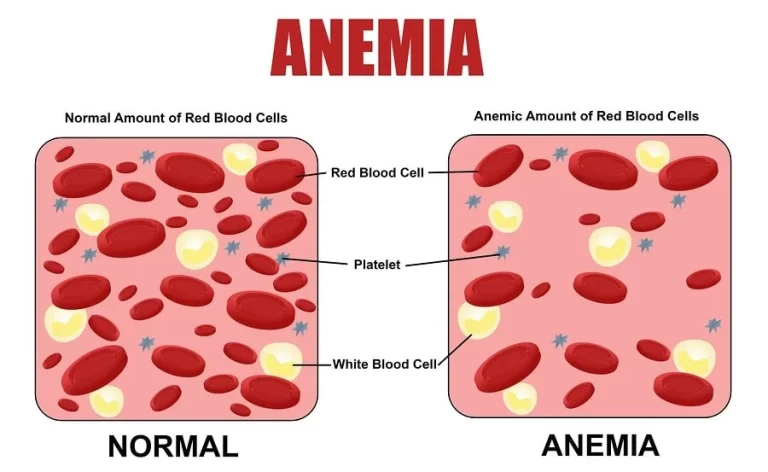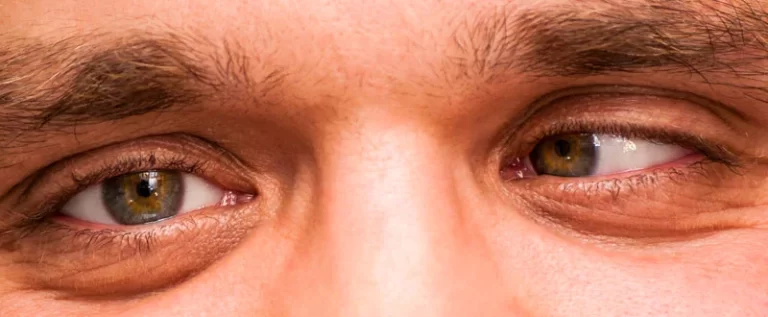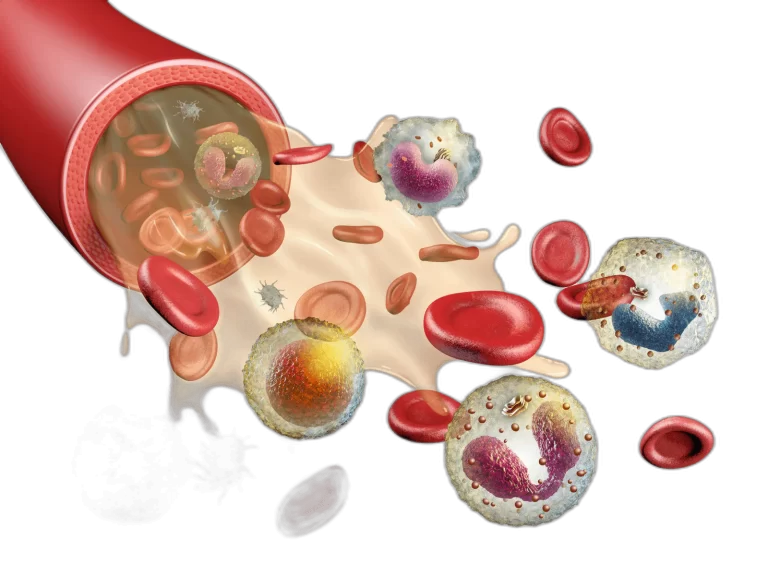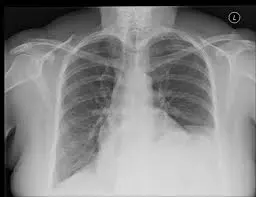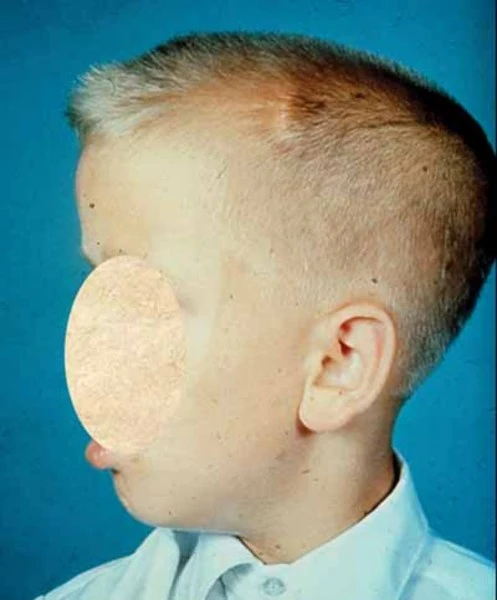16 Best Exercise for Squint Eyes (Strabismus)
Squint Eyes, also known as strabismus, can vary depending on the specific underlying causes and severity of the condition. However, eye exercises and vision therapy may be recommended by an eye care professional as a non-surgical approach to help improve eye alignment and coordination. These exercises typically aim to strengthen eye muscles and improve the…





